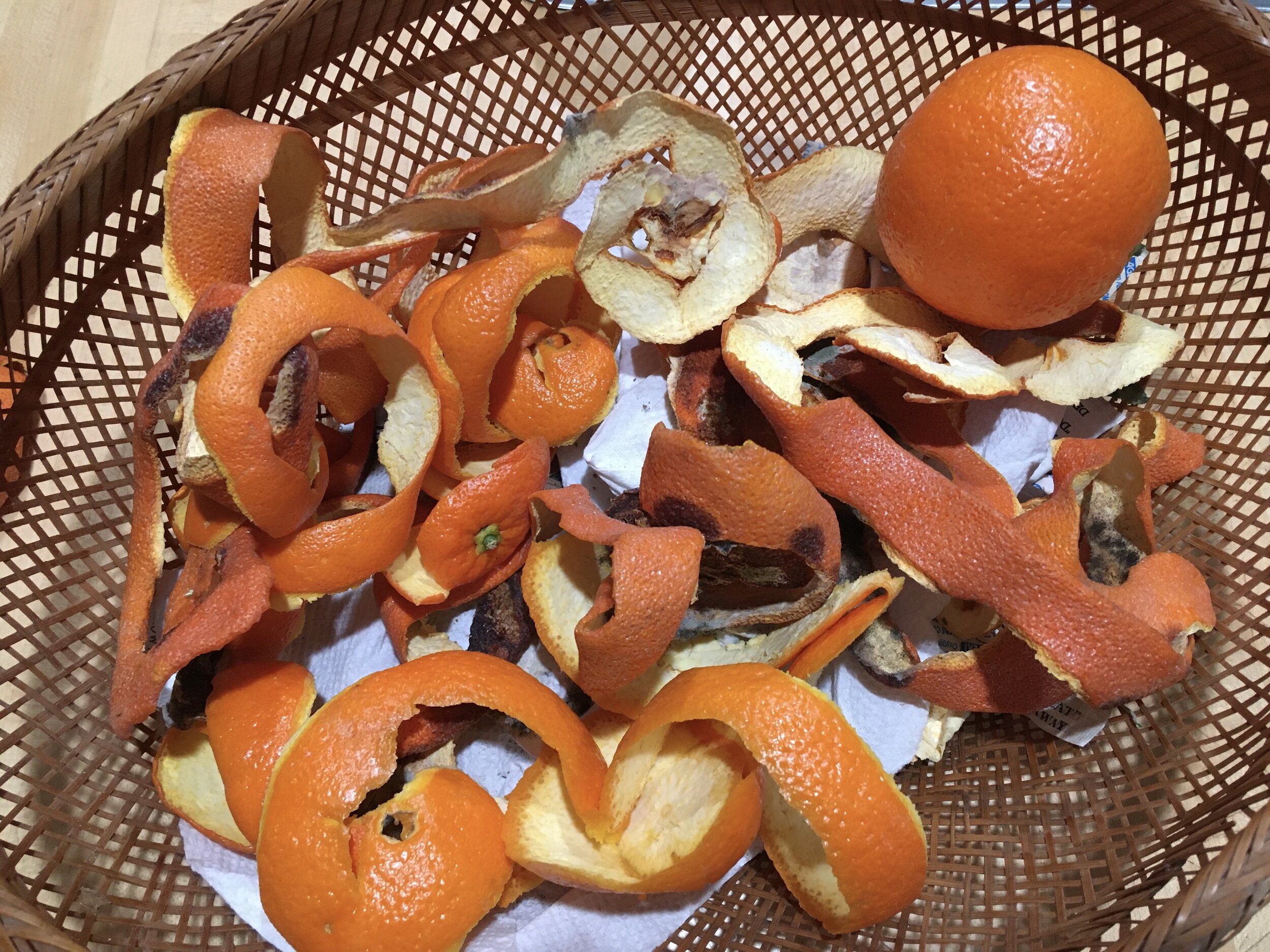Headaches can be a real pain, especially if they occur frequently. They can disrupt our daily routines, making it difficult to work, attend school, or simply enjoy life. But did you know that your headaches could be indicating underlying health issues? By learning to recognize the different types of headaches and their signals, you can better understand and address the root causes. Let’s take a closer look at some common types of headaches and how to treat them.
Sinus Headache: The Blocked Sinus Culprit
If you experience pain behind your eyes, nose, and cheeks, especially when bending forward or upon waking up, you might be dealing with a sinus headache. This type of headache arises from blocked or inflamed sinuses. Common causes can include infections, allergies, or even tumors. To alleviate the pain, try drinking plenty of water. Warm water can be especially helpful in opening up your sinuses and reducing inflammation. You can also use hot and cold compresses or enjoy a comforting bowl of soup. Additionally, incorporating fresh ginger into your diet can provide powerful anti-inflammatory and analgesic benefits.
Tension Headache: The Stress Buster
The tension headache is one of the most common types experienced by people. It is characterized by a persistent pressure or discomfort in areas surrounding the head, such as the neck, back of the head, or temples. It can also cause radiating discomfort above or below the eye region. Triggers for tension headaches include sleep deprivation, skipping meals, high stress levels, intense emotions, or alcohol consumption. To find relief, try mixing ginger tea with a few drops of peppermint oil. Apply a small amount of the oil to your hairline to create a cooling effect and help ease tension in the head and neck muscles. Ginger tea can also help reduce inflammation.
Cluster Headache: When Pain Strikes
Cluster headaches, more commonly affecting women, are excruciating and can occur in a group or cycle. They often cause severe pain on one side of the head, which may spread to the eye. Alongside the pain, cluster headaches can lead to watery eyes, a runny nose, or nasal congestion. While the exact cause is unknown, it is believed to be triggered by a specific neuronal route in the base of the brain. To alleviate the pain, try using a capsaicin cream containing cayenne pepper. When applied to the nostril, it can block nerve pain impulses and provide relief.
Migraine: The Complex Headache
Migraines are a complex type of headache that can occur at any age but are more common in people between 25 and 55 years old. They involve a wide range of neurological symptoms, making them distinct from other types of headaches. The hallmark of a migraine is a severe, sharp, throbbing pain on one side of the head, although it can sometimes occur on both sides. Migraines are often accompanied by sensitivity to light, smell, touch, sound, nausea, dizziness, vomiting, and vision problems. Some people may also experience numbness or tingling in the face. To manage migraines, studies have shown that incorporating magnesium, vitamin B12 (riboflavin), and omega-3 fatty acids into your diet can be beneficial.
By understanding the different types of headaches and their underlying causes, you can take steps to manage and alleviate the pain. Remember to stay hydrated, manage stress levels, and consider incorporating natural remedies into your routine. Don’t let headaches rule your life – take control and prioritize your well-being.






